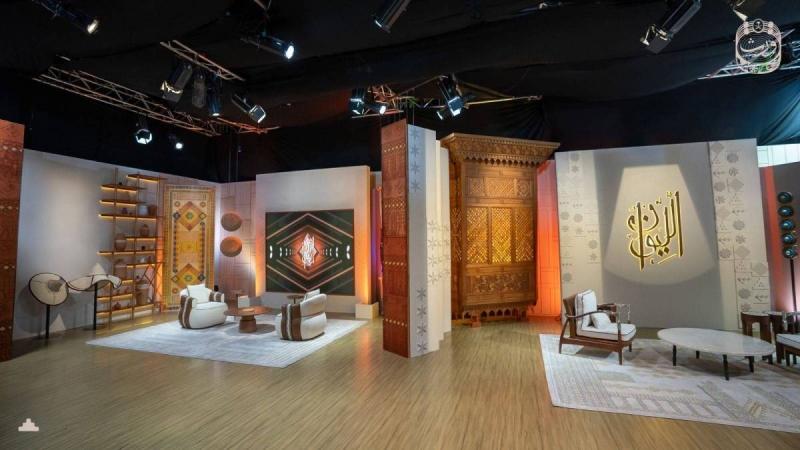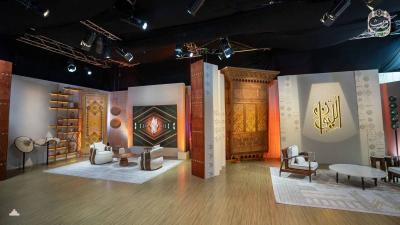The holy month of Ramadan witnesses significant interest in social events and activities, alongside heightened engagement with media and artistic productions. During this month, values of family, religious, and social communication shine through, providing many citizens with the opportunity to closely explore the traditional arts and values that reflect our deep connection to the past. This is clearly seen when traditional arts adorn the venues of Ramadan events and television programs.
We observe the Sadu representing the northern region, the Qat from the southern area, the Manjoor and Rawashin from the western region, the Najdi doors and metal engravings from the central area, in addition to the Hasawi plaster from the eastern region. All these arts blend to form a rich and diverse Saudi artistic identity that reflects the significant cultural and artistic richness of Saudi Arabia.
The presence of traditional Saudi arts in the spotlight is bolstered by the great interest it receives through various programs and initiatives launched by the Royal Institute for Traditional Arts (Wirth). These efforts aim to raise awareness about the importance of preserving traditional arts, generating promising opportunities for young Saudis to invest in and develop their skills, and contribute to showcasing our national arts.
During the holy month of Ramadan, the Royal Institute for Traditional Arts (Wirth) participates in various interactive and live activities in the Ramadan season held in Riyadh, Jeddah, and Dammam. They offer a range of workshops and events catering to the significant interest in traditional arts among different age groups, including children. The institute is also involved in preparing the studio for the Liwan program, featuring over 10 traditional arts created by 11 artisans and more than 21 students affiliated with the institute.
The Royal Institute for Traditional Arts (Wirth) is a leading entity in highlighting national identity and enriching Saudi traditional arts. It represents the Kingdom's culture by enhancing the unique and rich heritage of traditional arts, preserving its authenticity, supporting national talents and practitioners, and encouraging enthusiasts to learn, master, and develop these arts. They achieve this by empowering individuals, providing promising opportunities, and creating high demand that contributes to the development of their skills and increasing their financial resources.




